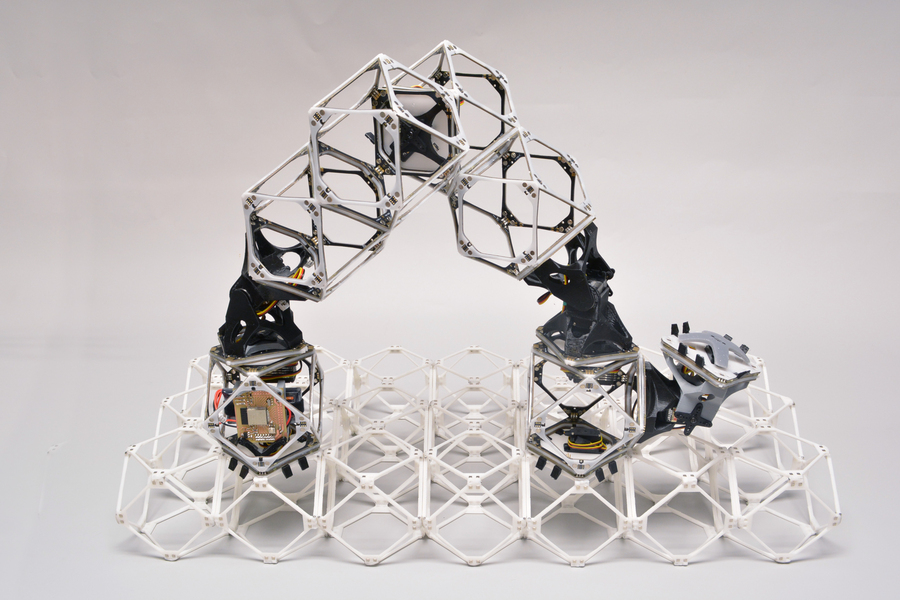Imagine a future where robots no longer depend on human intervention to construct themselves, where intelligent machines can autonomously gather their parts and build intricate structures. While this may sound like a bit of sci-fi, cutting-edge research at MIT’s Center for Bits and Atoms is bringing this vision closer to reality. The team has embarked on a groundbreaking project focused on designing robots that can effectively self-assemble. Although the realization of fully autonomous self-building robots is still a few years away, initial results from this project are promising and pave the way for a new era in robotic technology.
The Concept of Voxels
At the core of this ambitious project lies the concept of voxels—a term borrowed from the world of computer graphics. These voxels function as modular units, carrying both power and data while sharing information seamlessly between components. This innovative design allows the basic building blocks of the robot to not only connect and assemble but also move across a designated grid for further assembly. The implications of such technology are far-reaching, as it challenges conventional beliefs that larger constructions necessitate larger machinery to build them.
Intelligence Meets Construction
One of the most significant hurdles in this self-assembly paradigm is equipping the robots with the necessary intelligence. According to Neil Gershenfeld, one of the co-authors of the research, the robots need to make critical decisions such as:
- How and where to construct themselves
- When to initiate the building of a new robot
- How to navigate around one another during the construction process
To address this challenge, the researchers are introducing the concept of structural electronics, which enables the voxels not only to transmit power but also essential data and force. This advancement is crucial for ensuring coordinated actions during assembly, preventing misalignment and malfunctions that could arise if the machines bump into each other.
Overcoming Hardware Limitations
While the intellectual framework is being developed, practical implementation challenges still exist. The team is working diligently to enhance the strength of the connectors that keep the voxels together. Developing robust hardware is essential to ensure that the final product is reliable and can withstand the demands of construction.
Applications and Future Prospects
The implications of this research stretch across various fields. For instance, it offers potential solutions in areas where incremental capital investments are currently needed for fixed infrastructure. Traditional construction often requires extensive machinery, but with the application of autonomous, self-building robots, large-scale structures such as homes could be constructed more efficiently and affordably.
Moreover, organizations like the Defense Advanced Research Projects Agency (DARPA) are intrigued by the capabilities of these robots, particularly for constructing coastal defenses against rising sea levels and erosion. NASA and the U.S. Army Research Laboratory’s participation in funding this project further exemplifies the widespread interest and potential these self-assembling robots hold in both public and military applications.
Conclusion
In summary, the exploration of autonomous self-assembling robots at MIT signifies a transformative shift in how we perceive construction and robotics. The integration of modular voxels and structural intelligence opens up a world of possibilities not only for future construction projects but also for addressing global challenges. The road ahead may be long, but the excitement around these innovative developments underscores their importance in shaping a sustainable and efficient tomorrow.
At [fxis.ai](https://fxis.ai), we believe that such advancements are crucial for the future of AI, as they enable more comprehensive and effective solutions. Our team is continually exploring new methodologies to push the envelope in artificial intelligence, ensuring that our clients benefit from the latest technological innovations.
For more insights, updates, or to collaborate on AI development projects, stay connected with [fxis.ai](https://fxis.ai).

